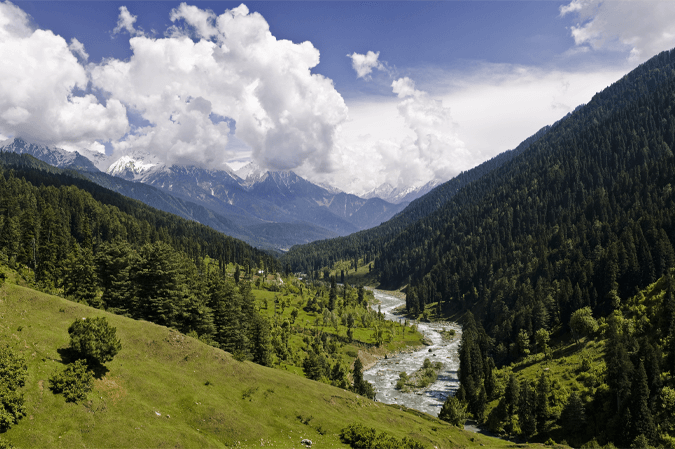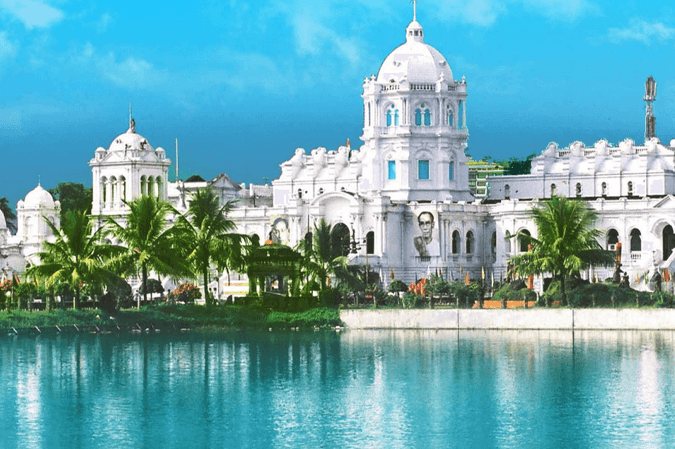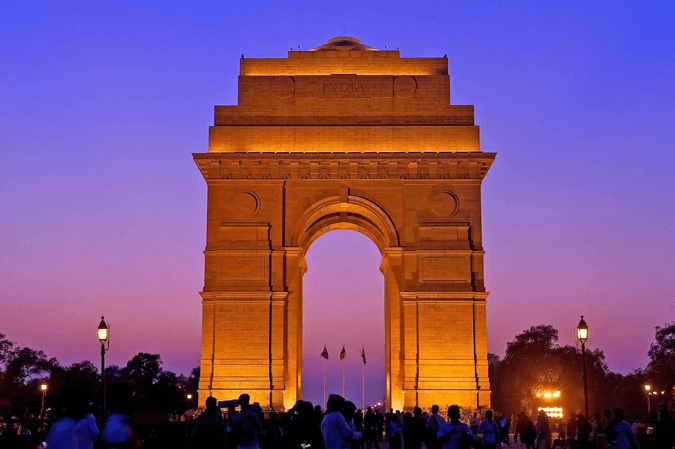1. History
Jammu and Kashmir, a region in the northern part of the Indian subcontinent, has a complex and rich history. The region was historically part of the Maurya and Kushan empires in the ancient period. During the medieval period, it was ruled by various Hindu and Buddhist rulers before the advent of Islam in the 14th century, which led to the establishment of Muslim rule under the Shah Mir dynasty. In the 19th century, after the Sikh Empire annexed Kashmir, the region became part of the princely state under the Dogra dynasty. Following India’s independence in 1947, Jammu and Kashmir became a contentious region, with both India and Pakistan laying claim to it, resulting in several wars and ongoing disputes. In August 2019, the Indian government revoked the special status of Jammu and Kashmir under Article 370, reorganizing it into two Union Territories: Jammu & Kashmir and Ladakh.
2. Landscape
Jammu and Kashmir is renowned for its breathtaking landscapes, ranging from the verdant valleys of Kashmir to the rugged mountains of Ladakh. The region is divided into three main areas: Jammu, the Kashmir Valley, and Ladakh. The Kashmir Valley is known for its lush greenery, lakes, and meadows, while Jammu is famous for its temples and shrines. Ladakh, often called “Little Tibet,” is known for its barren mountains, high-altitude lakes, and Buddhist monasteries.
3. Area
Jammu and Kashmir (prior to the bifurcation) covered an area of approximately 222,236 square kilometers (85,806 square miles). After the reorganization in 2019, the Union Territory of Jammu and Kashmir covers around 55,673 square kilometers (21,340 square miles).
4. Climatic Conditions
Jammu and Kashmir experience a wide range of climatic conditions due to its varied topography:
- Jammu Region: Subtropical climate with hot summers and cool winters. Rainfall occurs during the monsoon season.
- Kashmir Valley: Moderate climate with cool summers and cold winters, often experiencing heavy snowfall.
- Ladakh Region: Cold desert climate, with extreme temperatures ranging from very cold winters to mild summers. Precipitation is minimal.
5. Historical Places
The region is dotted with historical and cultural landmarks:
- Shankaracharya Temple: A famous Hindu temple located on Shankaracharya Hill in Srinagar.
- Mughal Gardens: These include Shalimar Bagh, Nishat Bagh, and Chashme Shahi in Srinagar, showcasing Mughal-era landscaping.
- Jama Masjid, Srinagar: An ancient mosque with stunning Indo-Saracenic architecture.
- Amarnath Cave: A Hindu shrine dedicated to Lord Shiva, located at a high altitude in the Himalayas.
- Bahu Fort: An ancient fort in Jammu, also housing a temple dedicated to Goddess Kali.
- Leh Palace: A former royal palace overlooking the Ladakh region, known for its Tibetan architecture.
6. Festivals
Jammu and Kashmir celebrate a variety of festivals that reflect the region’s diverse cultural heritage:
- Eid-ul-Fitr and Eid-ul-Adha are celebrated with great enthusiasm by the Muslim community.
- Hemis Festival: A major Buddhist festival celebrated in Ladakh with traditional music and dance.
- Lohri and Baisakhi: Important festivals in the Jammu region, marking the harvest season.
- Shivratri (Herath in Kashmiri): A significant festival for Kashmiri Pandits, dedicated to Lord Shiva.
- Tulip Festival: Held in Srinagar during spring, celebrating the blooming of tulips in Asia’s largest Tulip Garden.
7. Environment
Jammu and Kashmir is one of the most ecologically diverse regions in India, encompassing a wide range of ecosystems from alpine forests and grasslands to cold deserts. The region is home to several national parks and wildlife sanctuaries, including Dachigam National Park, known for the endangered Hangul deer, and Hemis National Park, famous for its snow leopards. The environmental challenges include deforestation, pollution in the lakes of Kashmir, and the impacts of climate change, particularly in the fragile ecosystems of Ladakh.
8. Society
The society of Jammu and Kashmir is a mosaic of different cultures, religions, and languages. The region’s population includes Muslims, Hindus, Sikhs, and Buddhists, with Islam being the predominant religion in the Kashmir Valley, Hinduism in Jammu, and Buddhism in Ladakh. The official languages are Urdu, Hindi, Dogri, and Kashmiri, among others. The region is known for its traditional crafts, including Pashmina shawls, carpets, and wood carving. Despite the challenges posed by political instability and conflict, the people of Jammu and Kashmir are known for their resilience and hospitality.
9. Interesting and Hidden Facts
- Houseboats: The Dal and Nigeen Lakes in Srinagar are famous for their houseboats, a unique aspect of Kashmiri culture.
- Oldest University: The University of Kashmir, established in 1948, is one of the oldest universities in the region.
- Floating Post Office: Srinagar has a unique floating post office on Dal Lake, believed to be the only one of its kind in the world.
- Saffron Cultivation: Kashmir is one of the few places in the world where saffron is cultivated.
- Tulip Garden: Indira Gandhi Memorial Tulip Garden in Srinagar is the largest tulip garden in Asia.
- Zero Bridge: An ancient wooden bridge in Srinagar, famous for its architectural beauty, has now been converted into a cultural hub.
Sources
- History and Cultural References:
- Bamzai, P.N.K. Culture and Political History of Kashmir. M.D. Publications Pvt. Ltd., 1994.
- Rai, Mridu. Hindu Rulers, Muslim Subjects: Islam, Rights, and the History of Kashmir. Princeton University Press, 2004.
- Geography and Landscape:
- Encyclopedia Britannica, “Jammu and Kashmir”, 2021.
- Government of Jammu & Kashmir, J&K Official Portal, 2022.
- Climate:
- Indian Meteorological Department (IMD), “Climate Profile of Jammu & Kashmir”, 2022.
- Historical Places:
- Lonely Planet India. Jammu and Kashmir: A Cultural History. Lonely Planet Publications, 2020.
- Archaeological Survey of India, “Monuments of Jammu and Kashmir”, 2021.
- Festivals:
- Jammu & Kashmir Tourism Official Website, “Festivals of Jammu and Kashmir”, 2023.
- The Hindu, “Festivals of Ladakh and Jammu”, 2022.
- Environment:
- Ministry of Environment, Forest and Climate Change, “Biodiversity Profile of Jammu and Kashmir”, 2020.
- Wildlife Institute of India, “Conservation Challenges in Jammu & Kashmir”, 2021.
- Society:
- The Kashmir Reader, “Social Fabric of Jammu and Kashmir”, 2022.
- United Nations Development Programme (UNDP), “Human Development Report 2020”.
- Interesting and Hidden Facts:
- Economic Times, “Unique Aspects of Kashmir’s Economy”, 2022.
- Jammu & Kashmir Tourism Official Website, “Hidden Gems of Jammu and Kashmir”, 2023
- Image Source: upload.wikimedia.org



